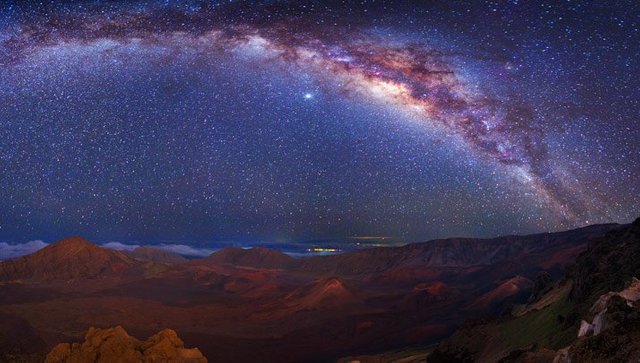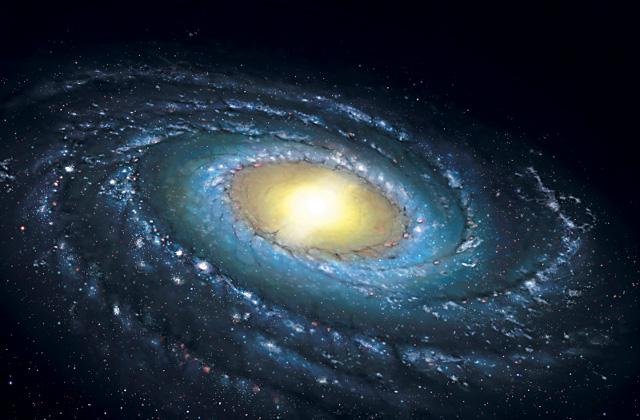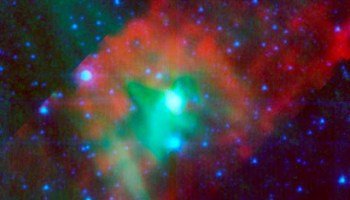The new map that reveals that our galaxy is "deformed and twisted"

source
The galaxy in which we live has a very different form than previously thought. Scientists often describe the Milky Way as a flat spiral containing about 250 billion stars. The Sun and its planets, including the Earth, occupy a tiny corner in one of the smaller arms of that spiral. But a new study published in the journal Nature Astronomy presents a very different picture of our galaxy. Researchers in Australia and China say that the Milky Way is a deformed spiral that progressively twists as the stars of its center are farther away.
Pulsating stars
The new 3D map of the Milky Way was prepared by astronomers from the Chinese Academy of Sciences and the Macquairie University in Australia.

source
The scientists developed the three-dimensional map based on data from 1,339 stars called classic Cepheids. Cepheids are stars whose brightness is up to 100,000 times stronger than that of the Sun and whose distance from the center of the galaxy can be measured with a margin of error of approximately 5%. These stars emit regular pulsations that are observed as alterations in their brightness. And combining the period of pulsation with changes in brightness it is possible to estimate the distance from the center of the Milky Way with a high degree of precision.
In the shape of "S"
"We think in general that spiral galaxies are quite flat, like Andromeda, which can be easily seen through a telescope," said Richard de Grijs, an astronomer at Macquarie University and one of the study's authors.

source
However, on the map developed by De Grijs and his colleagues, the Milky Way disk progressively twists at its ends. And this is because gravity traction is weaker the farther away the stars are from the inner region of the galaxy. The spiral disk then begins to adopt a distorted "S" shape. "In the outer regions of the Milky Way we find that the stellar disk in the form of 'S' is being deformed into a spiral pattern that twists progressively," De Grijs explained. Chen Xiaodian, lead author of the study, noted that the three-dimensional map "is crucial to study the movements of stars within our galaxy." The deformed appearance of the Milky Way is rare but not unique. Scientists have already observed about a dozen galaxies that show a progressive writhing in the outer parts of their disks.
Yo, @sebastian1903! Very sweet curated content here, man! Keep it up!
Thank you, thank you, thank you for interacting on my music!
Wishing you a positive and successful day, friend!